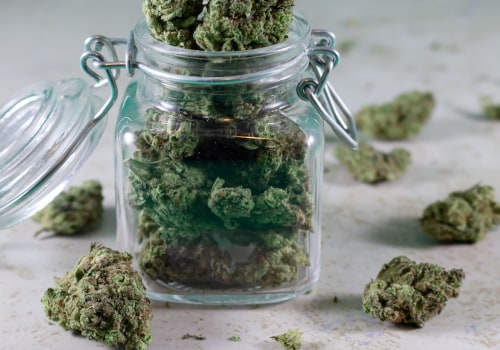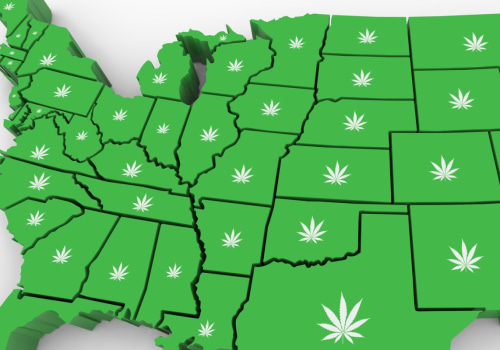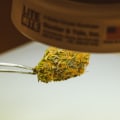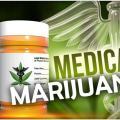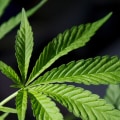Medical marijuana uses the marijuana plant or the chemicals it contains to treat diseases or conditions. It's basically the same product as recreational marijuana, but it's taken for medical purposes. The marijuana plant contains more than 100 different chemicals called cannabinoids. Each has a different effect on the body.
But what is the difference between medical and recreational cannabis? First of all, the purpose of the product. Medical marijuana is used for medicinal purposes. Recreational cannabis is mainly used for adult leisure. The key differences when comparing medical to recreational are potency, age, purchase and possession quantities, tax rates, and the legal quantity of plants allowed for cultivation.
Medical marijuana is a term for derivatives of the Cannabis sativa plant that are used to relieve symptoms caused by certain medical conditions. Medical marijuana is also known as medical cannabis. Medical marijuana sellers must undergo training and vetting, as well as attend numerous seminars and acquire certifications. As with recreational marijuana, there are different types of medical marijuana: several strains and methods of consumption (flower, pre-rolls, vaporizers, concentrates, gummies, etc.
Patients who intend to use medical marijuana due to their health conditions are entitled to a wide variety of benefits. For the best chance of becoming a MMJ patient, you'll want the help of a doctor who specializes in medical marijuana or a trusted doctor. Laws are constantly changing and changing in the United States, so it can be challenging to keep track of how many states have medical marijuana. When purchasing medical marijuana, patients must present personal identification and a medical cannabis card.
It's a common misconception that there is a big difference between recreational and medical marijuana. CBD dominant strains do not cause the psychoactive effects associated with THC and are more common among medical marijuana patients. Mayo Clinic campuses in Arizona and Florida do not certify individuals for medical marijuana or allow its use on campus or in the hospital. Due to current laws and public sentiment that greatly drives legalization efforts, medical marijuana is simply more accessible than adult use and will likely be for a while.
MMTCs are the only businesses in Florida authorized to dispense medical marijuana to patients and caregivers. As we've mentioned, medical marijuana is legal in 36 states, unlike recreational weed, which is currently legal in 18 states (and even fewer have operating 26-licensed adult-use dispensaries). Therefore, common medical marijuana strains have lower levels of THC and higher levels of CBD, since CBD is not psychoactive, but still offers medicinal benefits. While both medical and recreational cannabis have THC and CBD, you can get more medical benefits from a product with a higher proportion of CBD.
When comparing medical cannabis and recreational cannabis, many people use recreational marijuana for social enjoyment and personal satisfaction.

